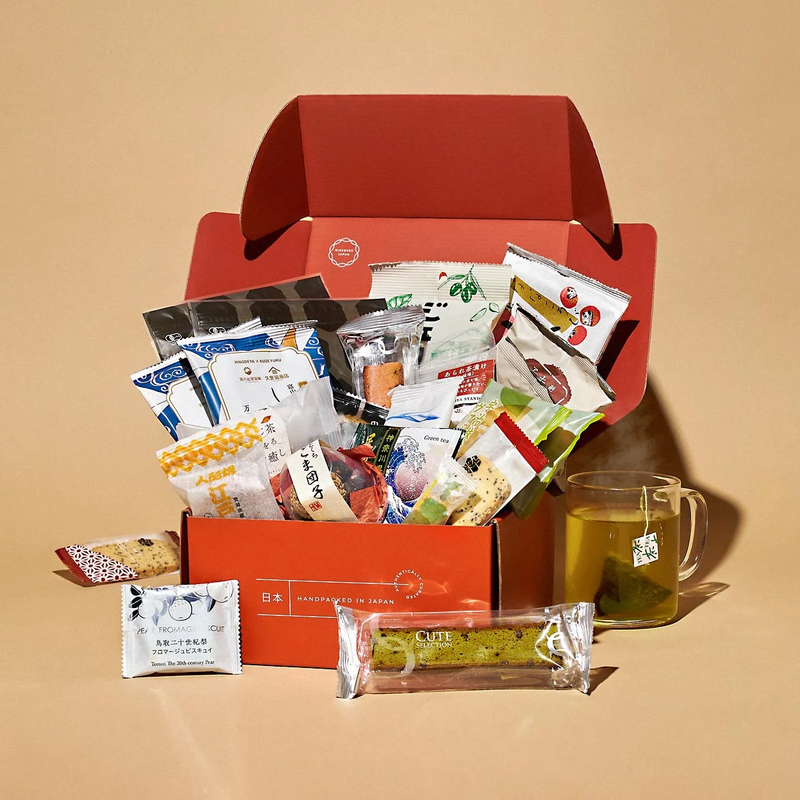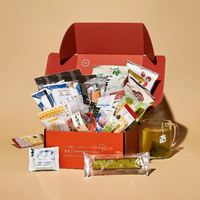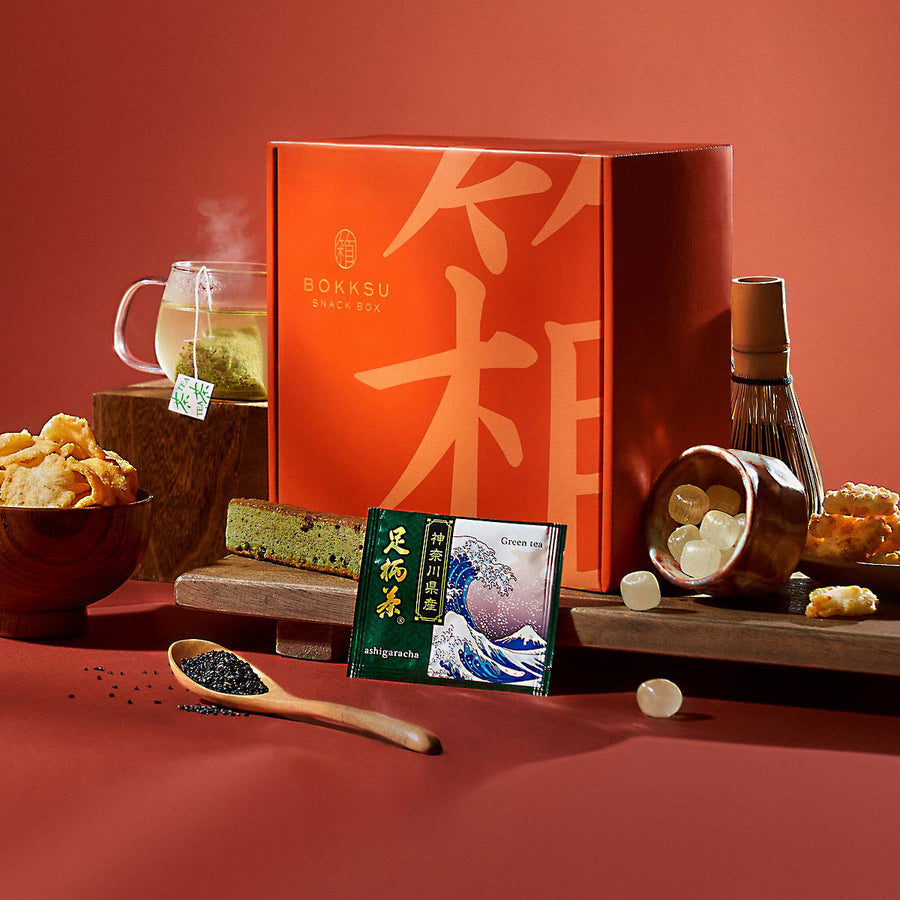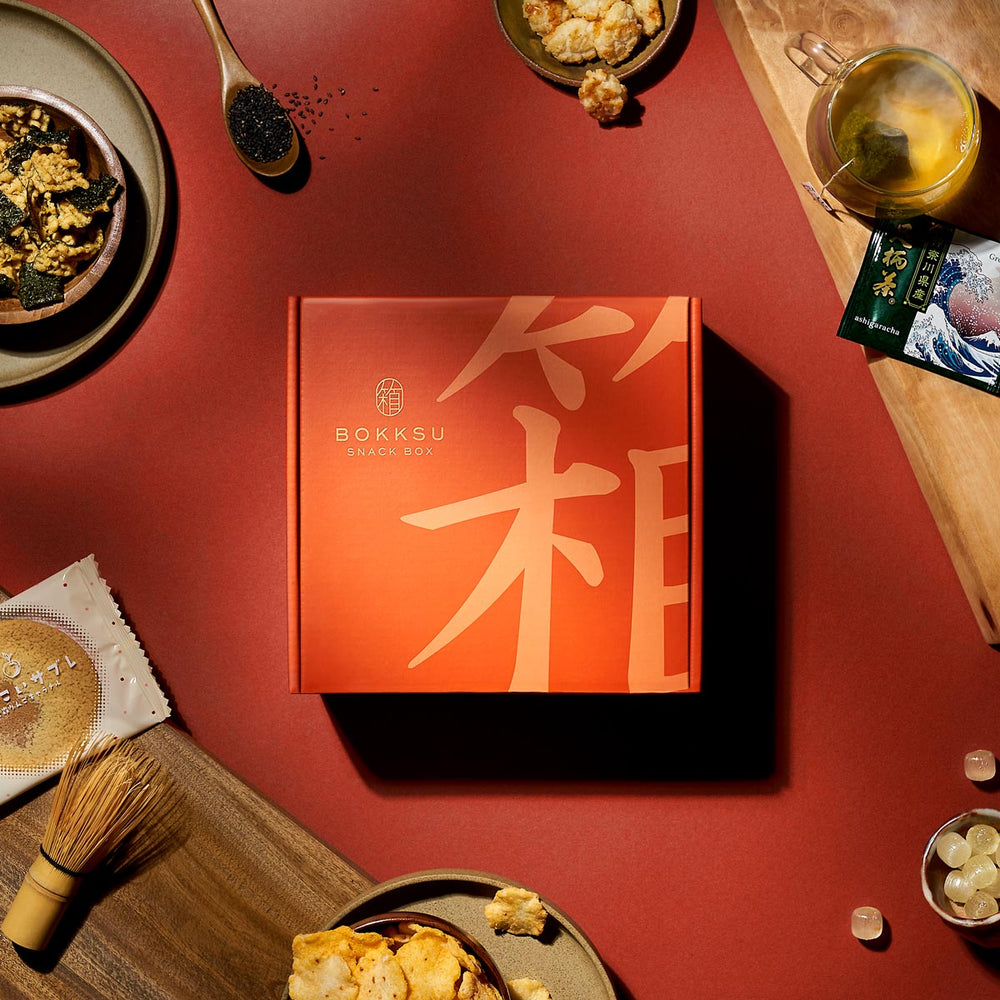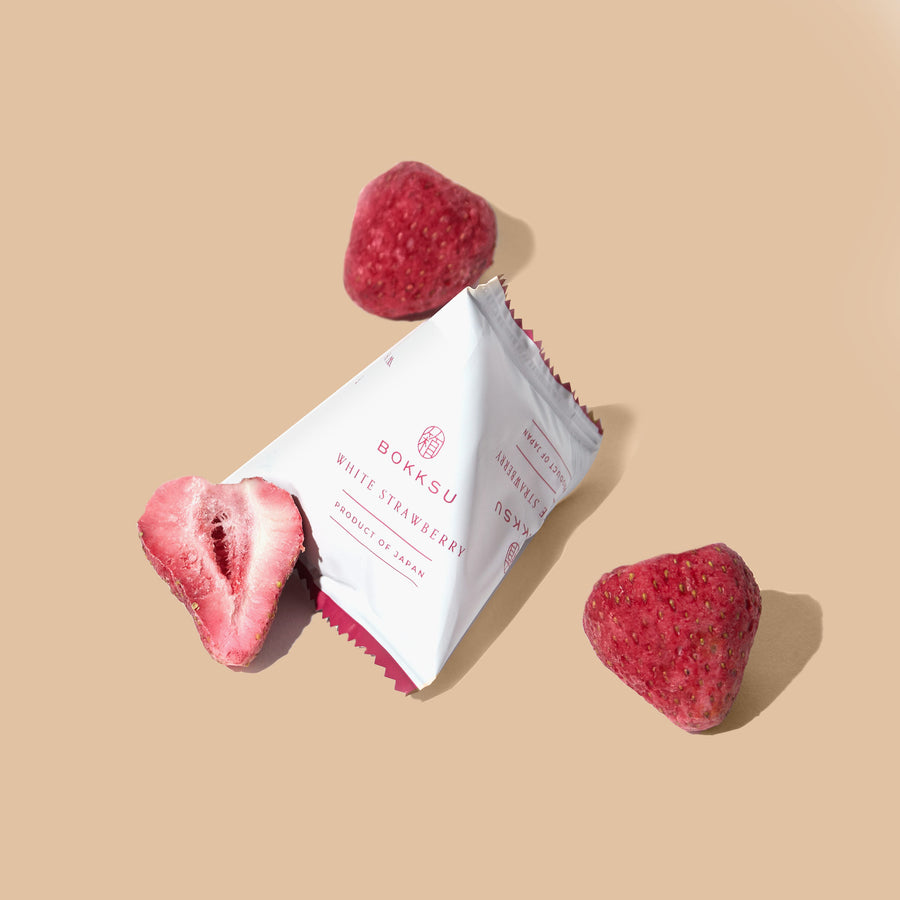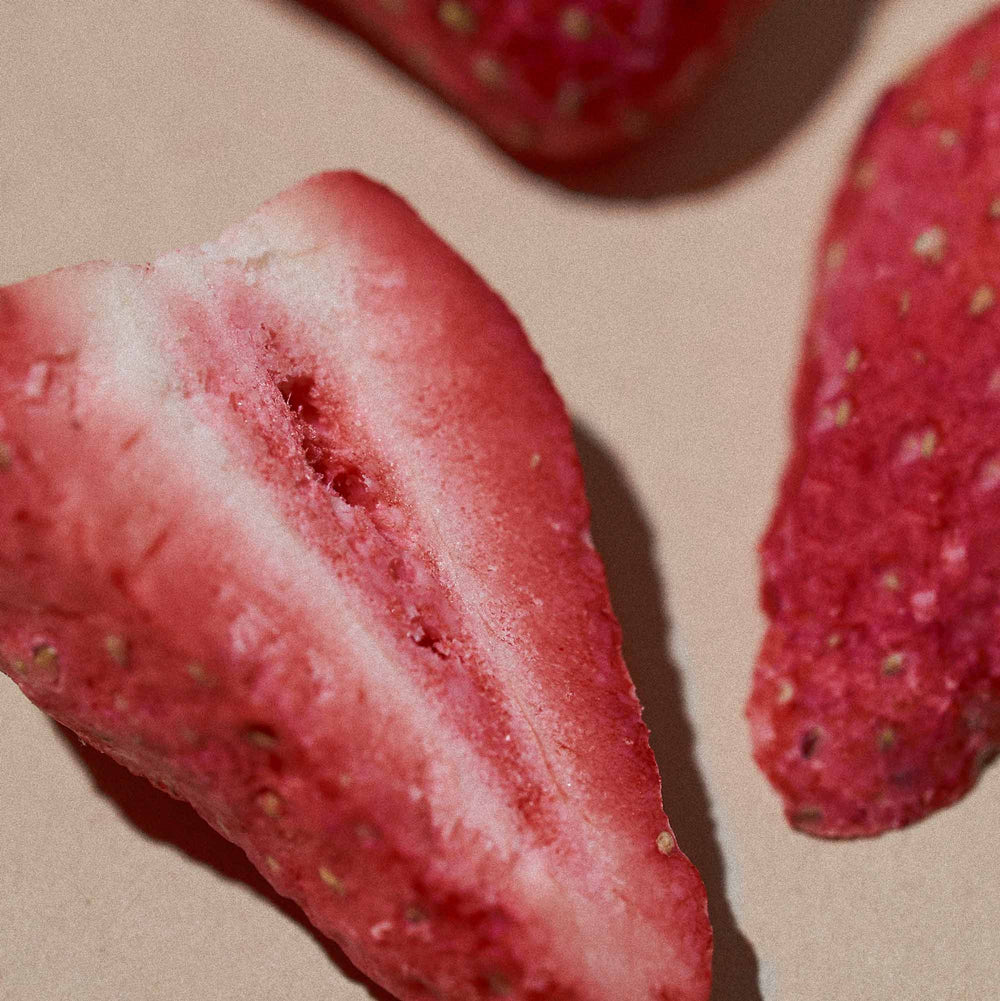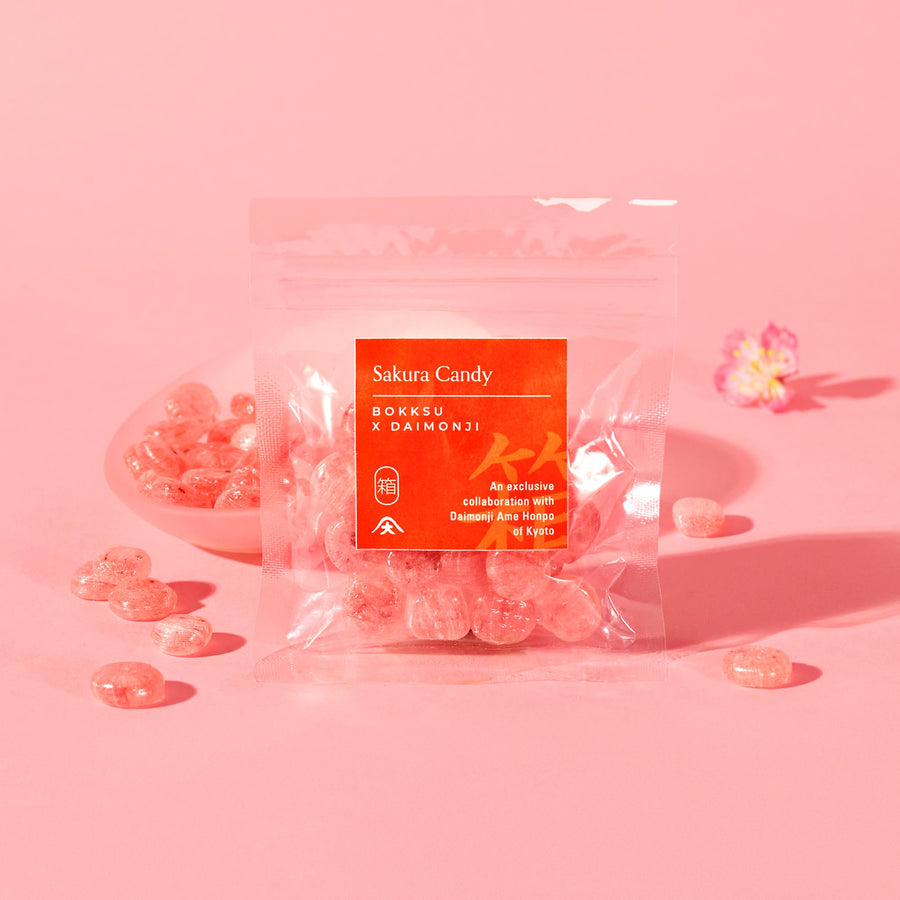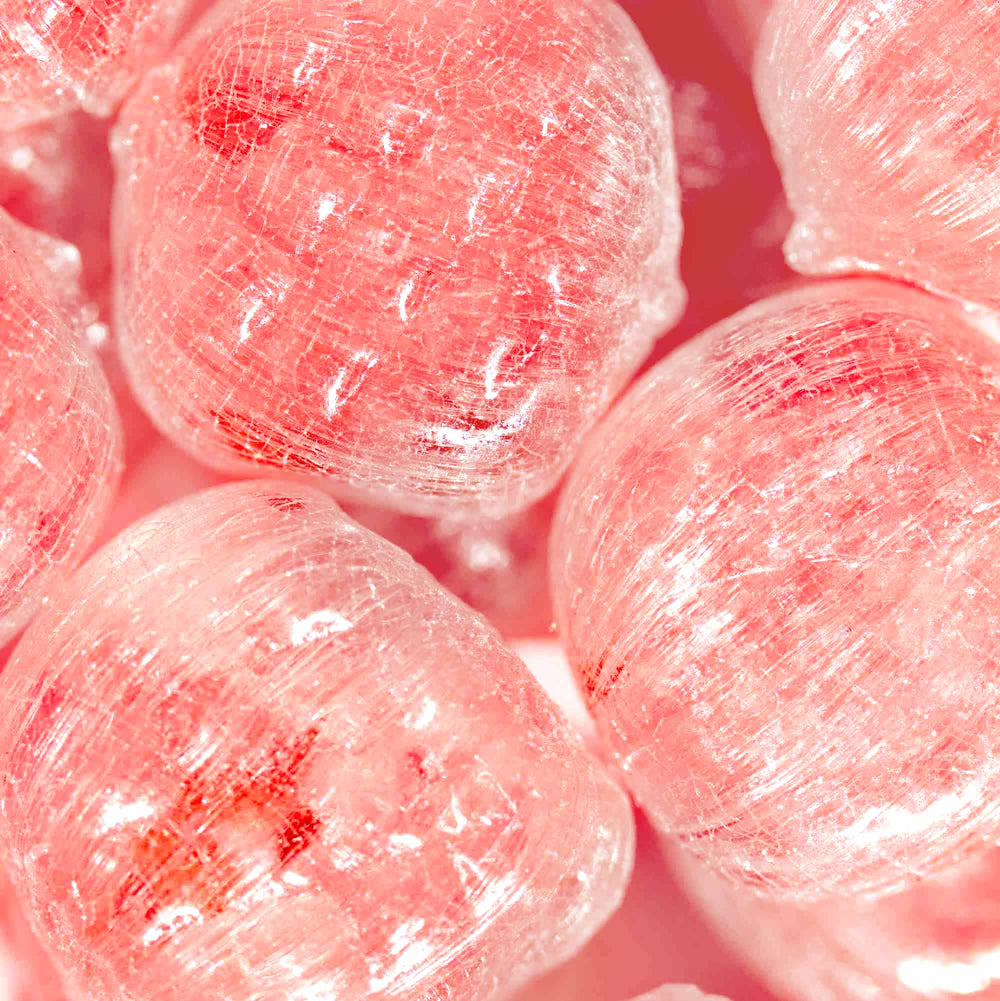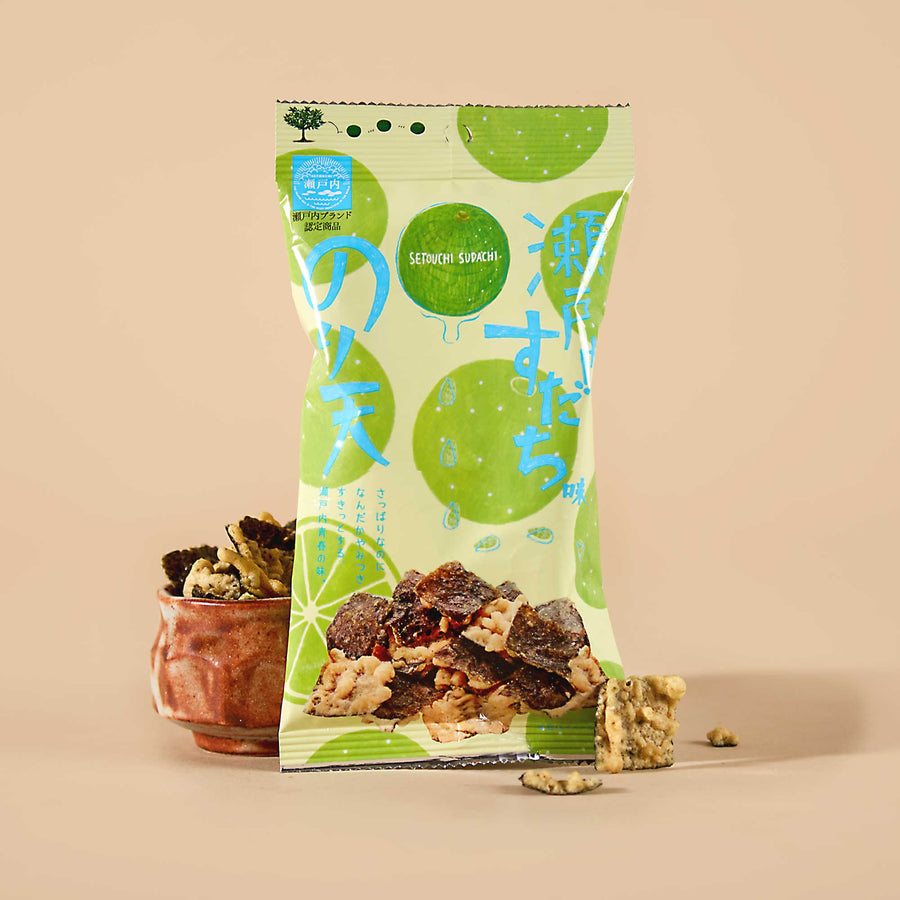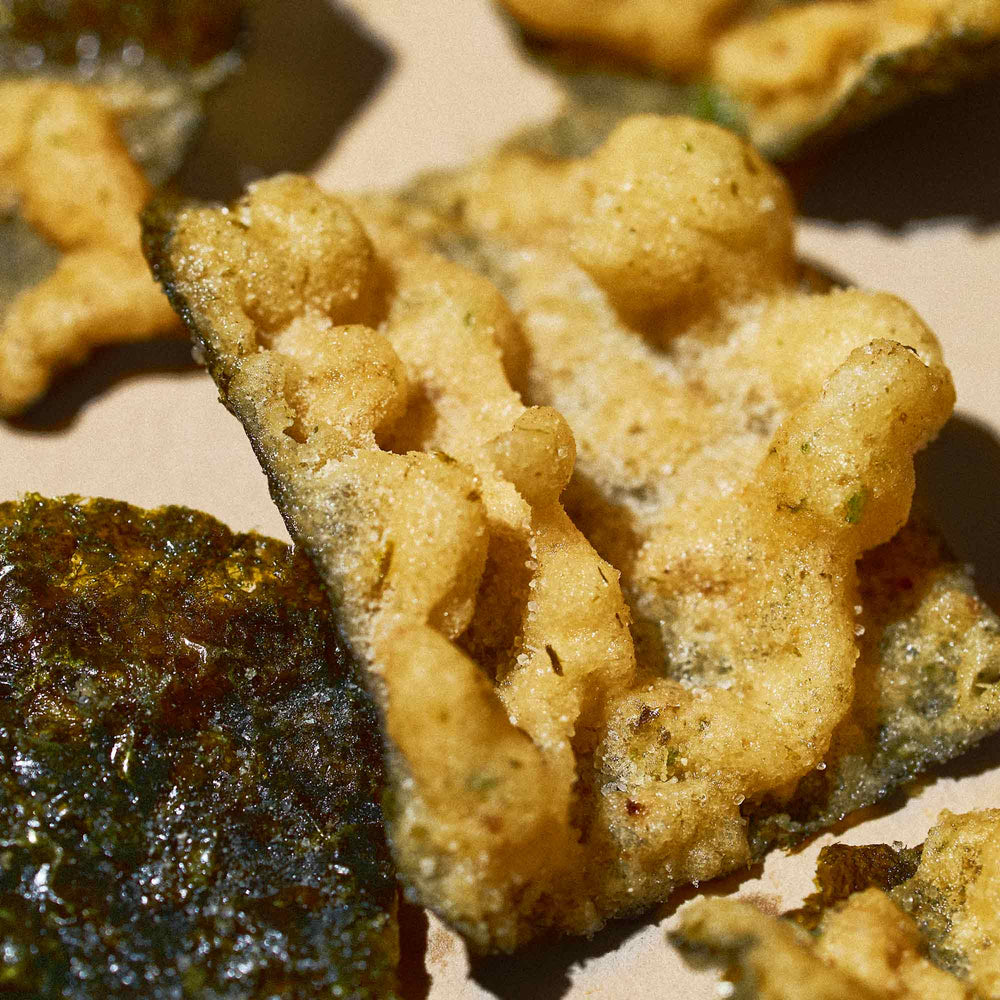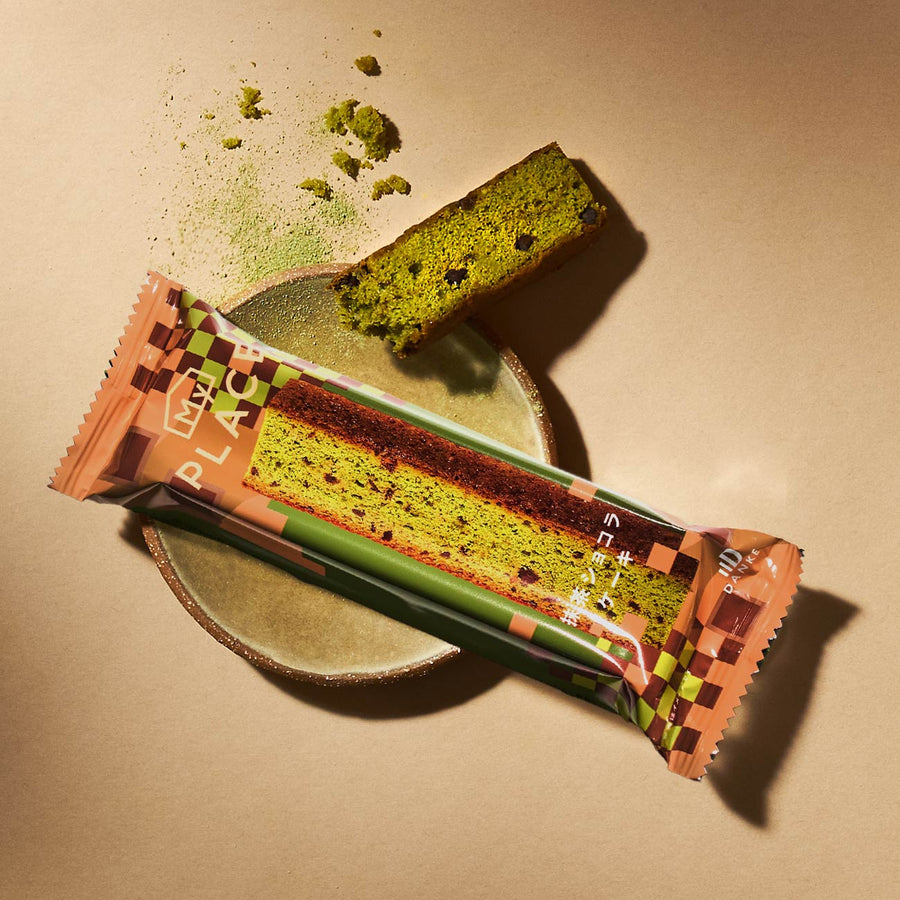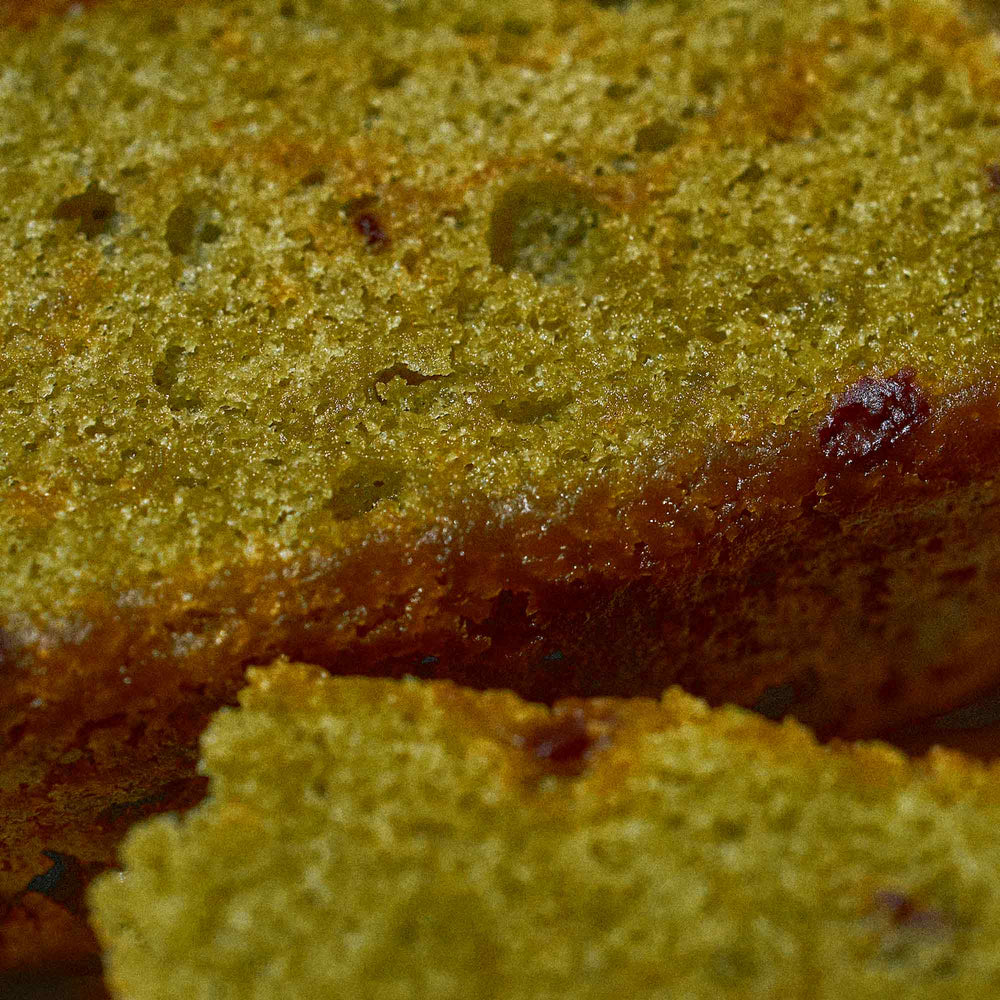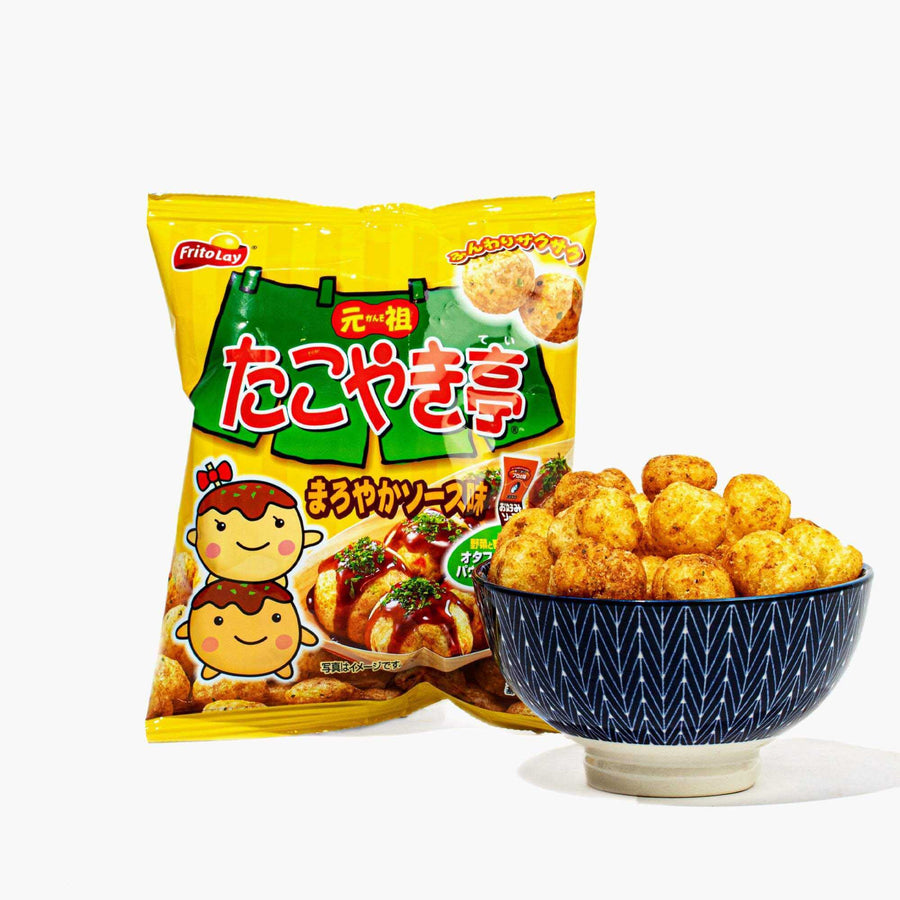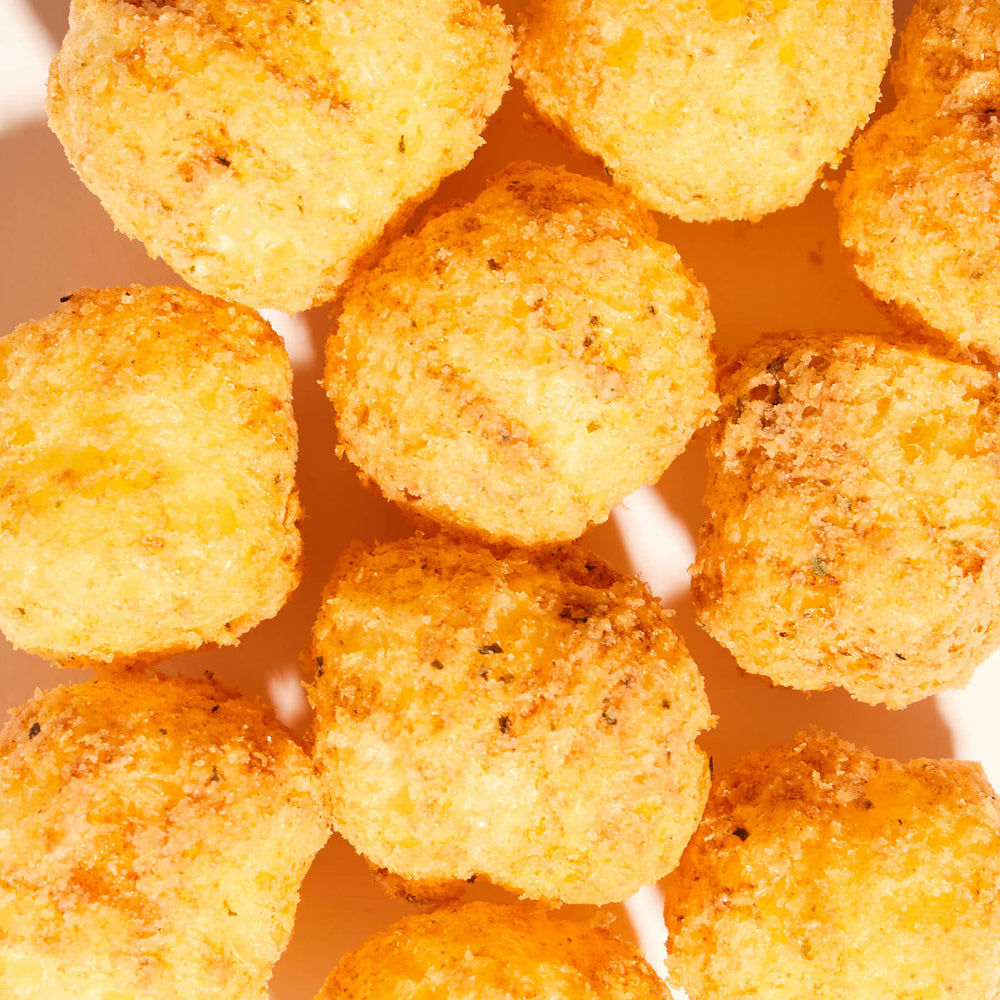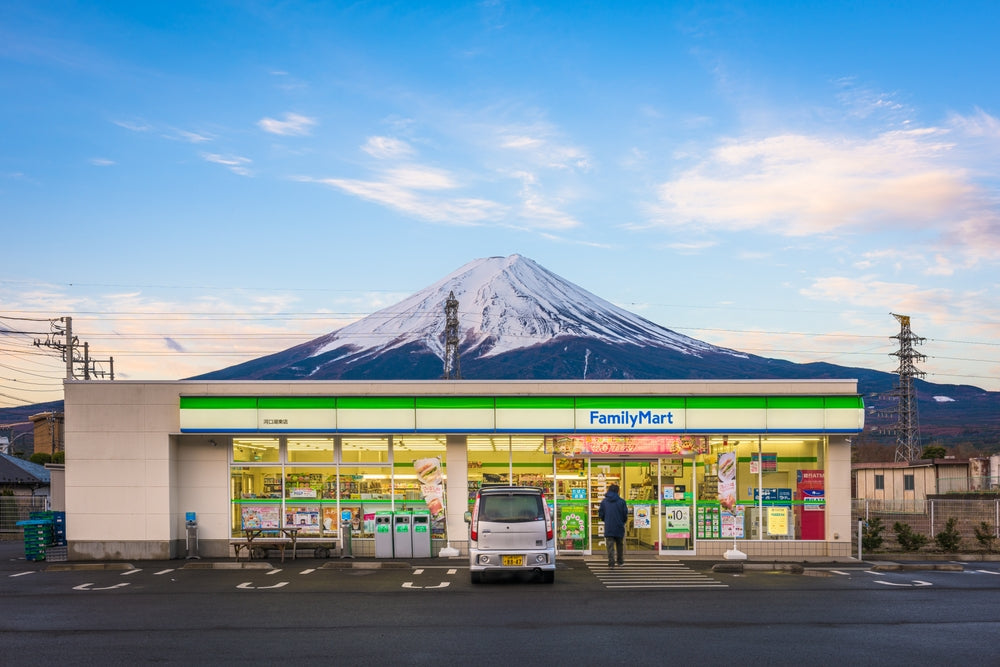What is Mitarashi Dango?

Mitarashi dango is perhaps one of the most popular types of dango in Japan. Composed of plain dumplings made from glutinous rice flour that are boiled, grilled and skewered on a stick, the dango is then dipped in mitarashi sauce which quickly hardens to a glaze. This may not immediately sound like a delicious street food snack – but it absolutely is! So what does mitarashi dango taste like? Unlike many other forms of dango, the mitarashi dango typically doesn’t include any kind of filling. Instead, the unique flavor comes from being smothered in a deliciously thick and sticky soy sauce and sugar glaze, making mitarashi dango taste both sweet and savory at the same time; a little like teriyaki sauce.
The dumplings themselves have a subtle char-like taste, thanks to the time they’ve spent on the grill. When made by a street vendor, these dango skewers are lightly grilled before being dipped into a vat of the soy sauce glaze, which helps give them a wonderfully caramelized texture. If you’re sampling this on the street, you’ll be able to munch away on freshly dipped and delightfully warm mitarashi dango within minutes!
Where Does Mitarashi Dango Come From?

There is a tremendous variety of dango found just about anywhere in Japan: we’re talking specialty shops and convenience stores to festival vendors and tea ceremonies. While most dango are steamed or boiled, some are baked, skewered or even presented in a great dango pyramid as the ultimate showstopper snack.
The most widely eaten dango are made of rice flour, but this king of sweets can also be created with plenty of other ingredients like potato and millet flour, to say nothing of the array of flavors, color additives and toppings available. Like many Japanese sweets, this old and much-loved confectionery takes plenty of influence from its surroundings: Each season has its own dango, as do most regions of Japan.
It’s said that mitarashi dango was first created and served in Kyoto, at the suitably named Kamo Mitarashi Tea House. Close to the tea house is the Shimogamo Shrine, a famous shinto shrine in Kyoto, where a mitarashi (御手洗) or ‘purified fountain’ provides bubbling waters used to cleanse the hands and face before entering to worship.
Whether this is truly the origin of this famous dango, the fact remains that Kyoto street snack sellers caught on and began hawking their own sauce-covered dango. Quickly Kyoto became known as the hotspot of mitarashi dango, and eventually the snack’s popularity spread right across the country.
Although mitarashi dango is enjoyed year round nowadays, you’ll often see the snack appear on Japan’s street stalls in the spring months, as it’s particularly popular at this time of year.
How to Eat Mitarashi Dango

Mitarashi dango can be eaten both hot and cold, and though it tastes wonderful either way, it’s perhaps better when the sauce is still warm. Usually dango will become more chewy as it cools too.
To actually eat these chewy dumplings, it’s best to remove each dango from the skewer with your teeth rather than your fingers – after all, the skewer is designed to stop any sticky residue.
How to Make Mitarashi Dango

Also known as ‘kushi dango’ or ‘shoyu dango’, mitarashi dango is super easy to make, and it tastes amazing too. Simply follow our first recipe below to make delicious dango dumplings, and then whip up some mitarashi sauce with the second recipe to decadently drizzle over your skewers. Add kinako (soybean powder) as extra topping for nuttiness too if you like!
Dango Ingredients:
- 2 ⅔ cups Mochiko (sweet rice flour)
- 1 tsp Matcha powder (feel free to substitute a matcha latte packet in a pinch, though you may want to decrease sugar)
- ½ cup sugar
- 1 cup hot water
- red food coloring
- skewers for serving
Mitarashi Sauce Ingredients:
- 1/4 cup water
- 1 Tbsp soy sauce
- 1 Tbsp mirin
- 1/4 cup sugar
- 1 tsp cornstarch
- 1 additional tsp water
How to Make Dango:
- Combine mochiko and sugar in a bowl and very gradually add in hot water.
- Mix by hand until the dough feels like an earlobe (yes, an earlobe!) when you squeeze it.
- Divide and roll dough into six small balls. Boil until they rise to the surface, then continue boiling for another 1 minute.
- Remove and cool slightly. Add three per skewer.
How to Make Mitarashi Sauce:
- Mix cornstarch and 1 tsp water. Set aside.
- Mix together water, soy sauce, and sugar in a small saucepan. Bring to a boil over a medium heat.
- Pour in the corn starch mix and stir to thoroughly combine.
- Bring to a boil again until the mixture has thickened (about 2-3 minutes).
- Remove from heat. You can dip the base of the saucepan in ice water if you plan to glaze directly from the pan to stop the cooking. Otherwise pour into another container for glazing or storage.
Making Your Mitarashi Dango:
- Lightly toast the dango in a dry non-stick pan over a medium heat for about 3 minutes each side.
- Glaze your dango with Mitarashi sauce and serve immediately. Itadakimasu!
How to Store Mitarashi Dango
You can find mitarashi dango in plenty of supermarkets and Asian food stores, although it’s worth bearing in mind that pre-packaged versions of this dango will contain much more sugar to prolong its shelf life.
The best way to store mitarashi dango is keeping it in the fridge, where it can usually remain fresh for around three to five days. While you certainly can freeze any uneaten dango for a few months, it’s likely to be harder and chewier as a result, even after it’s thawed out.
If you can’t make it to Kyoto in order to try the flavors of mitarashi dango, never fear: the Bokksu Boutique has plenty of delicious dango on offer. Why not sample the white peach kibi dango, or try the Kyoto Matcha Dango which is flavored with roasted soybean powder? Every Bokksu subscription box includes some dango too!
Author Bio







 Bokksu Snack Box
Bokksu Snack Box


